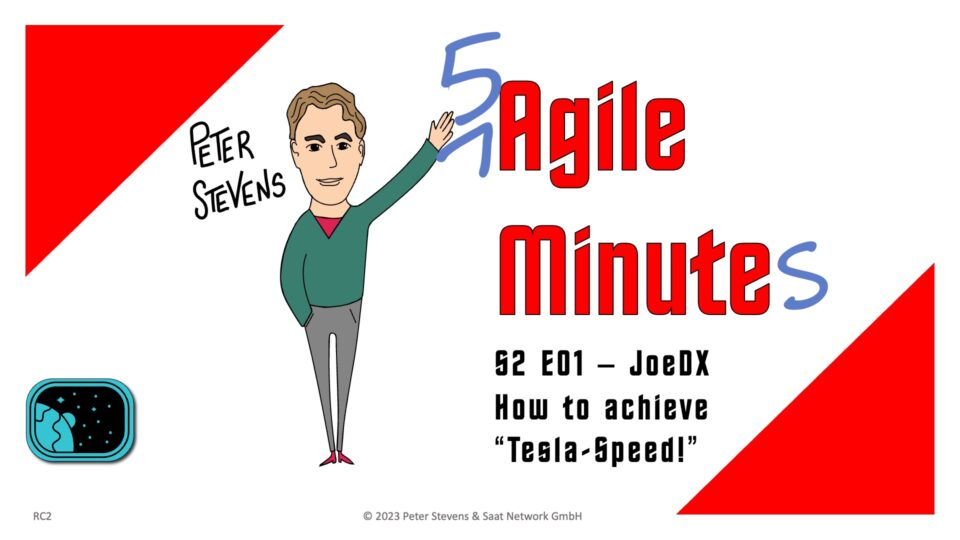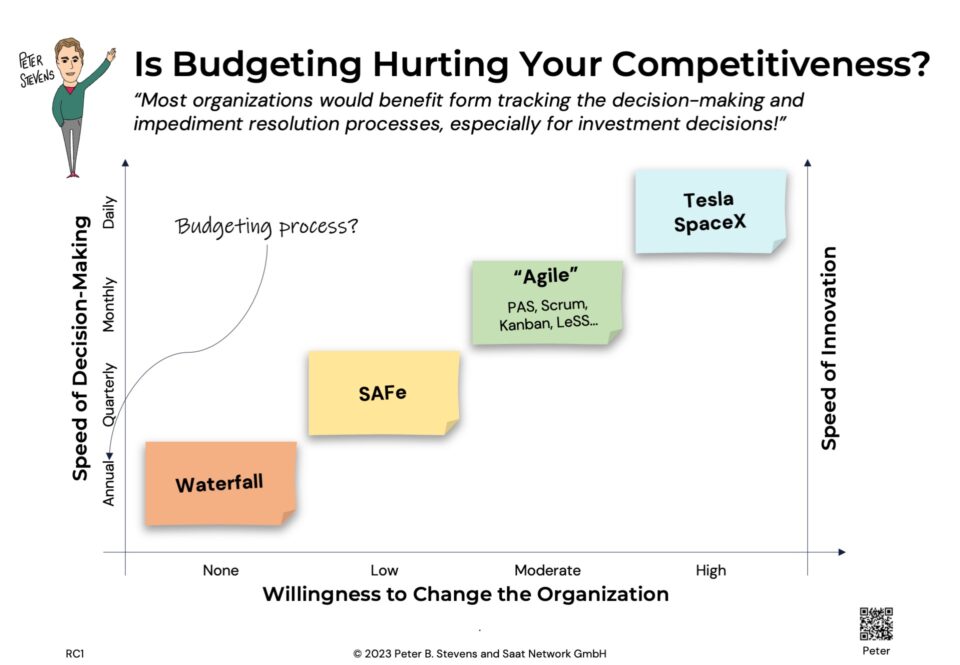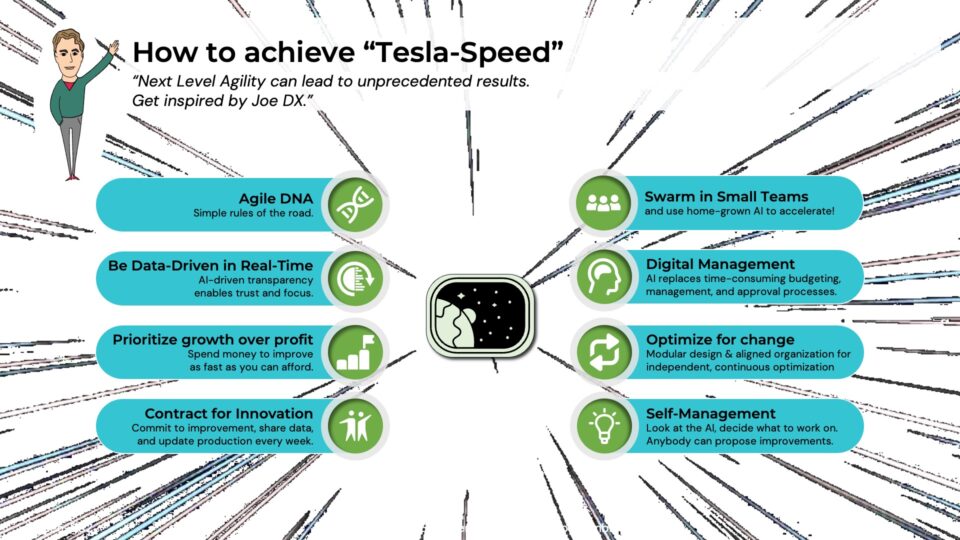XM Principle 9: Scaling Patterns
09-07-2014Can you recommend a virtual task board?
11-07-2014Deliveries often rely on third party suppliers, and often they are not yet able to deliver a new product that meets our new specification within a single sprint. So what can we do in order to go from an idea to a new product or service in a customer’s hands in less than 7 days?
WIKISPEED first designs a wrapper, usually a plate of aluminum with pre-defined bolt patterns, around the third party supplied part to create a known “interface” that won’t change, even if that third party part changes. You might see how this is enforced by principle 2: Object-Oriented, Modular Architecture and 4: Contract-First Design, and then sped up by principle 6: Agile Hardware Design Patterns.
Once each third party part is wrapped in a known interface, you can iterate between suppliers and in-house prototypes or volume parts at very low cost. The only marginal cost is that of changing the wrapper itself.
Then, to expedite suppliers, ask them to deliver a certain set of performance characteristics as opposed to an engineering specification. “Do you have a transmission suitable for 100hp motor?”, not “Here is our design for a transmission, can you build it?” Why should you wait months for a supplier to build a device to your specifications when they have a device that will satisfy your needs already in the catalog or in stock?
Many engineers are quick to design their own solution, which works to the team’s advantage when the design team is also the volume manufacturing team. But in cases where some production is outsourced, sending a list of values and tests to the outsourced vendor and not sending an engineering specification gives the supplier the most room to innovate. This allows the vendor to do what they do best, that part, which is why you are partnering with them in the first place. Team WIKISPEED finds they get higher quality parts faster, often from within the vendor’s existing stock.




